
You know all about how car maintenance works. It’s one of the least glamorous aspects of car ownership, but if you want to drive your four-wheeled friend past the 100,000 miles mark – and beyond – you’ve got to invest in routine maintenance.
Like oil changes.
They’re mundane and you don’t notice it running better after you get one. And you probably take your vehicle to a place that will get you back on the road about as fast as Domino’s can turn around a pizza. There’s nothing artful about oil changes either. Most mechanics can probably do them in their sleep (and maybe some actually do!).
With all respect to the legions of people who perform this task, I wish you well, but I wouldn’t want to be ya. And I sure wouldn’t be happy if I had one of these people programming my precious radio station.
And yet, there are a lot of “mechanics” at the helm of U.S. radio stations, regardless of the format or the market. These people are doing their routine best to keep stations consistent, stay the course, and not shake the tree. And they often perform these tasks as quickly and unspectacularly as possible – just like the dude at Jiffy Lube.
 In commercial radio, these programmers are by the book. If they’re lucky enough to get music research, they very likely apply it in as a mechanical fashion as possible. Every song above a predetermined line on the spreadsheet is “in.” Everything below it ends up being “rested” – which means it’s essentially not going to see the light of day, except in a “once in a blue moon” category if there even is one.
In commercial radio, these programmers are by the book. If they’re lucky enough to get music research, they very likely apply it in as a mechanical fashion as possible. Every song above a predetermined line on the spreadsheet is “in.” Everything below it ends up being “rested” – which means it’s essentially not going to see the light of day, except in a “once in a blue moon” category if there even is one.
Precious little care is exercised in the music sort, because the songs are treated like cattle. A 3.5 with low burn and high familiarity is pretty much the same song, whether it’s “More Than A Feeling” or “Jet Airliner.”
Programmers manning the helm at stations like this are playing to stay even, not to win. They pride themselves on their consistency, while the audience drifts off, mostly out of boredom, to other sources that are seemingly more interesting or at least a little different.
Then there are those rare channels and platforms that make it their mission to delight and surprise – to shake it up a bit.
After all, in an oversaturated media environment, that’s what builds brands and can even score you some ratings. Of course, the degree of difficulty of actually programming a station like this is hard work. The PD is always “on,” constantly looking for new ways to enchant the cume, reflect the community, and be “in the moment.”
In legacy media, however, it’s not easy. That’s because when you’re broadcasting to a mass, undifferentiated audience, personalization and customization aren’t really possible. To “surprise and delight” a base of listeners, you’ve got to stay on top of it, looking for even the little things that will stand out, and make today sound a little different than yesterday. That’s a big reason why they keep coming back to your station.
 And so it goes in public radio, too, At many “NPR News” stations, 80% of a typical day may be sourced from network or syndicated programming from one content organization or another. Most stations around the country play the same basic lineup, often in a slightly different order. But Fresh Air is Fresh Air whether you’re running it at 10am or noon.
And so it goes in public radio, too, At many “NPR News” stations, 80% of a typical day may be sourced from network or syndicated programming from one content organization or another. Most stations around the country play the same basic lineup, often in a slightly different order. But Fresh Air is Fresh Air whether you’re running it at 10am or noon.
Many public radio programmers are “changing the oil.” They’re pinballing shows around, often based on an interpretation of ratings data and other unscientific ways of evaluating a program’s worth. Like shuffling the deck chairs on the you-know-what, they’re not bringing a whole lot of joy or satisfaction to their listeners, some of whom actually pay for the privilege of listening with their hard-earned funds.
That’s why when Bob Kernen, our COO at jacapps, told us about one of those times listening to Michigan Public (the station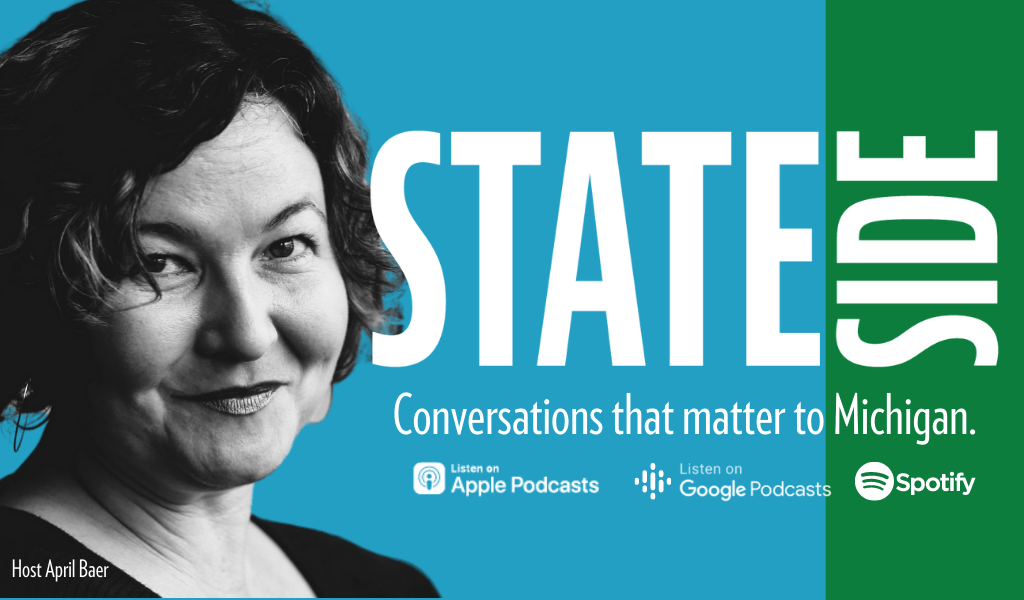 formerly known as Michigan Radio), it made me sit up and take notice. Bob heard one of those patented public radio “driveway moments” while listening to Stateside, a locally produced magazine show hosted by the talented April Baer.
formerly known as Michigan Radio), it made me sit up and take notice. Bob heard one of those patented public radio “driveway moments” while listening to Stateside, a locally produced magazine show hosted by the talented April Baer.
While listening to the show this past Tuesday, April played back an interview she had done with Wayne Kramer, one of the creative forces behind the legendary MC5, considered by many to be the first punk band out of Detroit.
Kernen was riveted by the interview, having been connected with some of the seminal people in the early days of Detroit radio – including his dad, Dick Kernen, the first program director of WRIF (WXYZ-FM originally) who went on to become a highly-respected educator and mentor in the state of Michigan.
As Bob explained, “It was a surprise. I’m not a regular listener, and it just held me.”
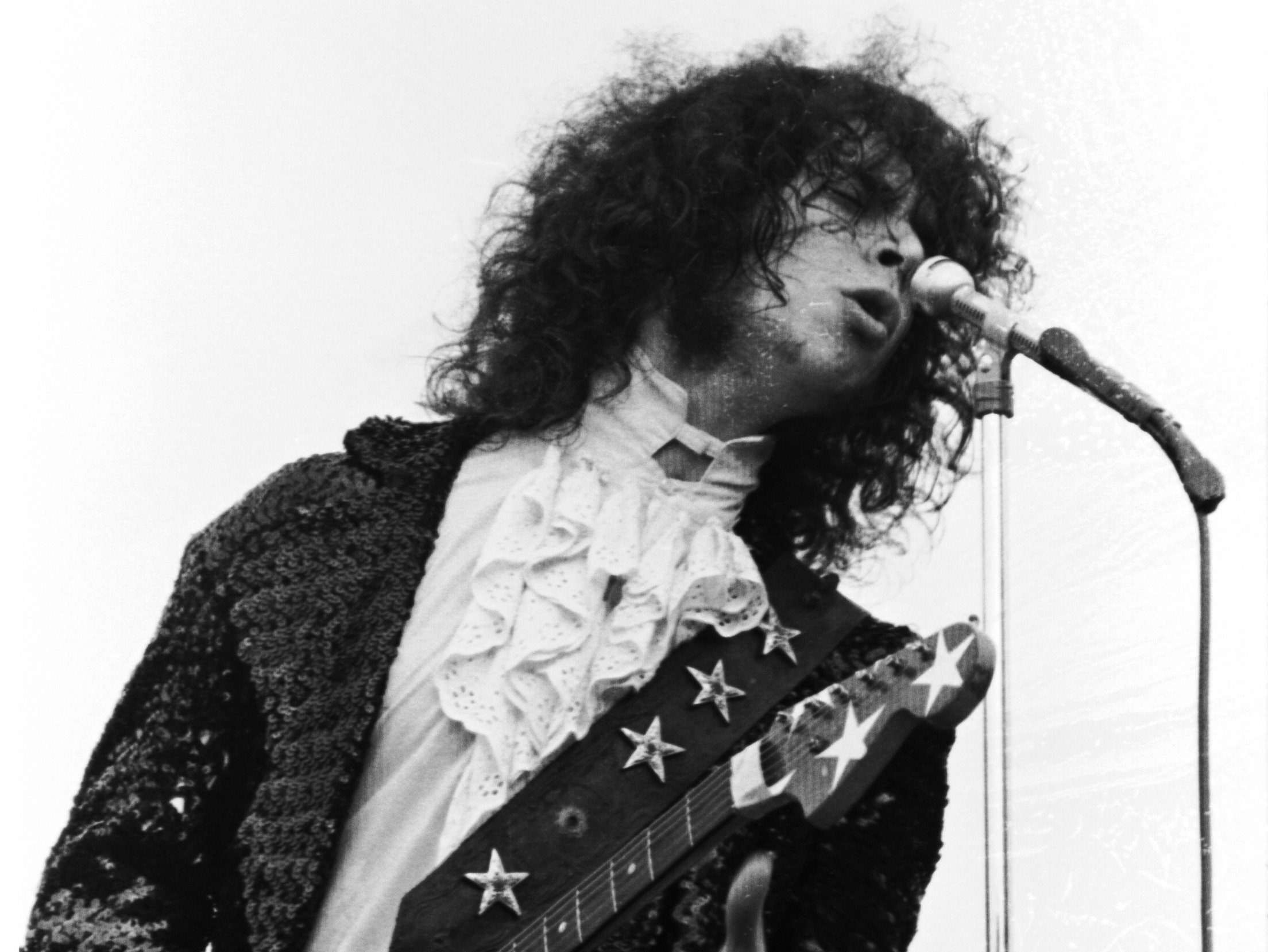
He knew Kramer had recently passed away, but wasn’t expecting the interview on Michigan’s public radio station:
“It was just a great interview, taking a legendary guy with a crazy past – MC5, FBI investigations, jail, having a kid in his 60s – and getting really personal and real with him. It wasn’t politics, it wasn’t issue driven it was just … an interesting life and a cool lens through which to view a slice of history. And he was funny and charming and April asked really good questions, tying each question to history, local history, which made it relevant to her audience.”
Surprise!! (And delight.)
As I started to think about how these special moments happen, I couldn’t help but recall they don’t just happen. Someone has to program them, orchestrate them, and set them up. That’s when great radio is made.
So, let’s go from the greasy mechanic changing your oil to how things work at the best restaurant in town. The analogies to radio are many – and they provide no shortage of “teaching moments.”
I know many of you watch The Bear on Hulu, an amazing TV series focused on a group of hardcore Chicagoans who operate a troubled, but legendary Chicago eatery. One of the characters is a mook named Richie, a member of the family who tries to act like a manager but always fails – epically. He’s a hothead, he has no understanding of customer service, and runs over his co-workers at every turn. His personal life is a train wreck, dotted by one ill-advised decision after another.
As the crew is preparing to reopen a hopefully new and improved version of their old restaurant, it’s an opportunity for some team members to pick up new skills – like Richie. He goes to work for Eves, a top-shelf, award-winning, gourmet restaurant in town. In fact, it’s one of the elite spots – insanely long waiting list, a place where most simply aspire to eat there, but may never have the honor. And Richie is brought on as a temporary “stager” (pronounced “stah-ger”) to learn how it’s done at a classy Michelin star establishment, the pinnacle of find dining.
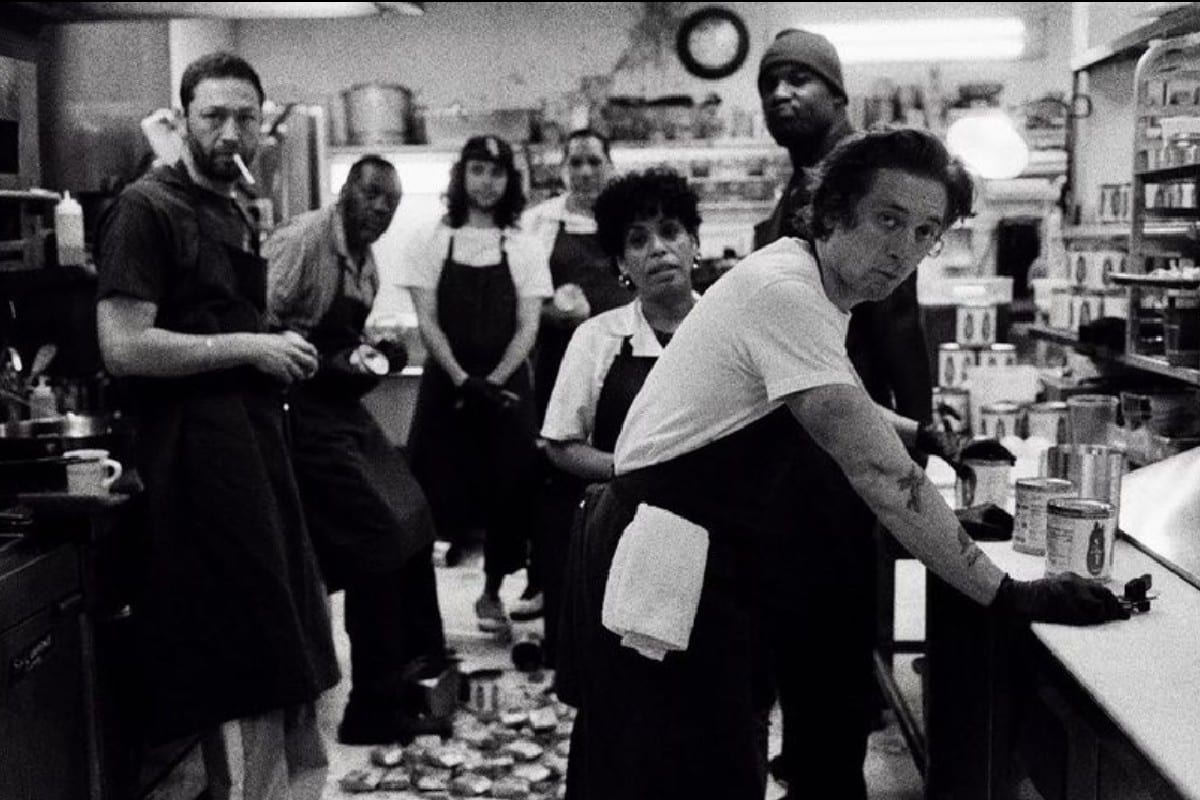
It is there Richie “sees God,” so to speak – or some facsimile thereof. The staff at Eves are craftspeople – not oil change mechanics like Richie pushes around. They don’t just work at Eves – it is a mission-driven institution in the market. They’re 100% dedicated to serving their customers impeccably, anticipating their needs before diners even realize they need something. The professionals at Eves research their diners before they show up for their reservation and their knockout, gourmet meal…or better put, experience.
The key to Eves is delighting, surprising, and enchanting their diners so it’s a virtual cinch they’ll talk about this special night for years with friends, family members, and colleagues. You get the feeling social media doesn’t even play into it. Eves secret sauce is word-of-mouth, the very best way to communicate just how amazing it was to dine there on a special night.
In many ways, the back end of a restaurant is a lot like a radio station. I made that connection many years ago when Dave Richards (one of the very best in the business – ever) bought me Danny Meyers’ book back in 2007, Setting The Table.
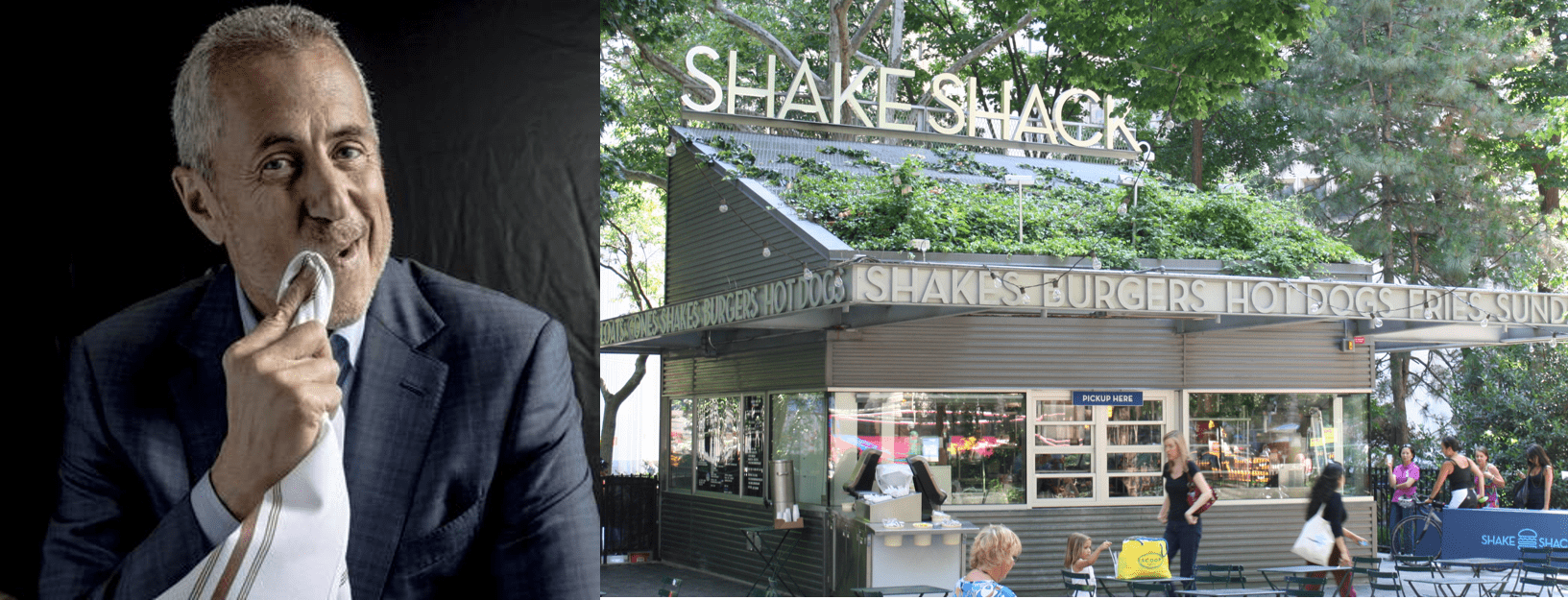
In the book, Meyer discusses – in great detail – the mindset, architecture, and preparation it takes to launch a successful eatery – staffing, training, décor, service, and of course, the content – the food. Yes, the book reads much like what it takes to launch a new radio station. The 3-minute crash course above from The Bear very much reflect Danny Meyers’ quest for excellence.
His Union Square Hospitality Group of restaurants are some of the best in the business. Meyer has gone on to become a celebrity spokesman for the restaurant world, while launching the immensely popular “Shake Shack” chain – analogous to creating a successful new radio format. Setting The Table provides Meyers’ schematic.
As Meyer notes, “People are just as important as food.”
Or music logs. Or talk topics. Or spreadsheets.
 It’s the same reason why Taylor Swift “gets it,” making her fans (and radio people) feel special if they’re lucky enough to get backstage at a meet-and-greet. I’m told she makes it a point to “research” who she’ll be mingling with, taking the time to surprise and delight fans and she cares enough to take an interest in them – to make them feel very special. Like they do at Eves.
It’s the same reason why Taylor Swift “gets it,” making her fans (and radio people) feel special if they’re lucky enough to get backstage at a meet-and-greet. I’m told she makes it a point to “research” who she’ll be mingling with, taking the time to surprise and delight fans and she cares enough to take an interest in them – to make them feel very special. Like they do at Eves.
No, not every radio station can be run this way. I know how some of you will react to this post – that ship has sailed, staffs are too small, budgets are tight. Special treatment for clients and fans just can’t happen. It’s not practical – or scalable.
But great, caring service isn’t scalable. That’s the point. It’s why oil changes can be slapdashed in 30 minutes or less. Taking care of customers and making them feel special doesn’t have an assembly line feel to it. There’s no end date.
The great programmers are still out there, albeit there may be fewer than there used to be. But many bring this level of caring and detail to their stations because they know it matters. Most are – not coincidentally – working for radio stations with a history that means something – to the market, its listeners, and to them personally. There is no way they could let the station or its community down.
And they program that way, always looking for the little touch, connecting with and helping listeners in need, going the extra mile for loyal sponsors, and showing up at events because staffers notice when they do. They are always thinking about those elements of “surprise” and “delight.”
It’s not hard, but so few do it because it means always being “on.” You can see that at Eves when you watch the staff, and listen to how they respond to Richie’s questions. He’s probably worked in restaurants all his life but know precious little about the industry. And that dawns on him after being fortunate enough to spend a few weeks at a truly amazing eatery.
In some ways, I feel that was my formative exposure to radio. On “radio day” or “DJ day” or whatever it is, I don’t participate because there’s only one set of call letters on my entire resume. My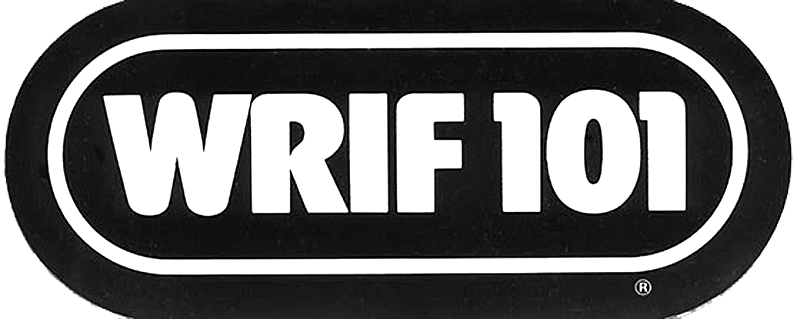 first job and my last job was at Eves – or more accurately, WRIF in Detroit. I was taught the right way to do radio at the outset, I bought in, and I’ve seen it work again and again. You can call it “old school,” but I call it the right way to do radio.
first job and my last job was at Eves – or more accurately, WRIF in Detroit. I was taught the right way to do radio at the outset, I bought in, and I’ve seen it work again and again. You can call it “old school,” but I call it the right way to do radio.
I wish more of you could have had the type of experience I did. And I wish you worked for the kind of people who invested time and effort in me. Because it worked then and it works to this day.
Can you actually run a radio station in 2024 like Eves that lives for surprise and delight?
Probably not when you’re programming more than one brand. Or that you’re doing it remotely, for whatever the reasons.
Building a great brand requires intense focus, being in the moment, and practicing carpe diem tactics 24/7. That’s why so few do it.
But when companies wonder why brands fail, or why some stations are “two book wonders,” or why the cume won’t stop eroding, it’s often as simple as walking down that hallway in the room where it happens.
In the truly great stations, there’s a leader in the center of it all, directing the action, and managing the chaos. They are always searching for that elusive “Surprise. And delight.”

Programming radio the right way isn’t always pretty. In fact, going inside the sausage factory can be an experience most could live without. But like watching The Bear, there a loud hum, a level of intensity, and a menagerie of characters you’re not going to run into while walking up and down the halls of Prudential Insurance or in the bays at Quickie Lube.
They’re on a mission. Everyone’s aligned. They’re on the same page. They believe in the same outcome and result. Getting there, however, can be a little messy, often loud, and usually NSFW.
Surprise. Delight.
- For Radio, What Is The Future Of Nostalgia? - January 7, 2025
- The Commish - January 6, 2025
- How Radio Can Improve Its Digital Content Batting Average - January 3, 2025




I first thought of your mechanic scenario when I heard someone in a big box radio company say, we’re not going to change a lot formats in the future since building audience from scratch is difficult to impossible over what we already have. Now, taken individually, that may be a good mindset. Often times stations throw the baby out without reason chasing something elusive. But on a herd scale, it seems to indicate a holding pattern that stifles any creativity.
And thus you get the cookie-cutter, top-down formats in a box. Yes, it saves money in the short run, but erodes the industry over the long haul.
Great post today Fred. The impression most of us get listening to commercial radio these days is that most of the stations (with rare exceptions) just aren’t really trying at all and there’s no passion coming from the programming side. It’s no wonder the radio audience overall continues to erode and slide toward irrelevance. A lot of the NPR affiliates are cookie cutter national repeaters too. But the public stations that are still dedicated to putting out good programming and investing in it can do excellent work, since profit is not a concern. Shout out to April Baer (my former colleague in Cleveland at then WCPN – now Ideastream) who has always been an ace interviewer & host. If anyone wants listeners to care about radio, stations need to re-invest in staff and local programming created by people who aren’t just cranking out boring voice tracked shows with by the book playlists.
I think you’re right, Dan. In this environment, the great stations trying to make it interesting, different, and engaging stand out even more than they did years ago. Appreciate the comment.
Daily attention to the total on-air sound is essential! Thank you, Fred.
Chiefs 24-17.
For the first time in forever, Clark, I am going into Super Bowl Sunday not caaring in the least who wins. No bitterness or sour grapes, but if the Lions didn’t make it this year, I’m not especially interested. The bright side? I finally haave a team that’s worth caring about. And FWIW, I’ll be surprised if KC doesn’t win this game.
Sometimes — especially in commercial radio — ya gotta program by the research for most of the time, then go off and throw in a song which is far below the line on the spreadsheet. Ideally, you make a big deal about it (maybe a produced feature intro and/or a backsell separated from the rest of the talk segments).
Or go back to the old concept of making weekend evenings the place for specials that fit the format but would be more out of place during the week. (Especially if you can produce them in-house!)
I do both and it makes the station sound more special than my competitor, who largely programs blindly by the research.
Larry Berger of WPLJ fame – and a mentor – called it “logged spontaneity.” I think about it all the time when I listen to radio because there’s precious little of it. Thanks, K.M.
Love and hate this Fred. First,hate because it reminds of things we can do to make what we do special..but can’t do because of myriad rules. Love it because there are stations that can do it right. Where live I hear 2 similar talk stations. One is as predictable as a glass of later. The other is sharp ,relevant and predictably unpredictable most of the day. Same owner. Much different results. Sometimes the oil just gets old. Throwing it out and starting over is the answer.
Whether you are a janitor or a PD, chef or DJ … there are mechanics and there are artists. Give me the artist, whatever the assignment!